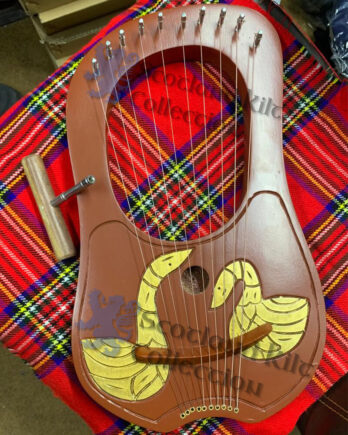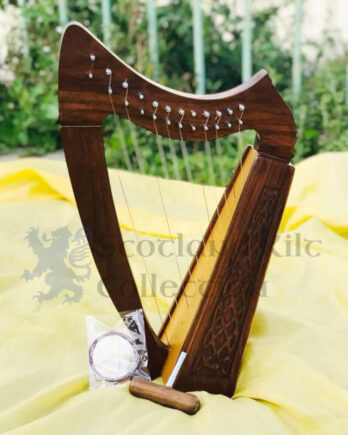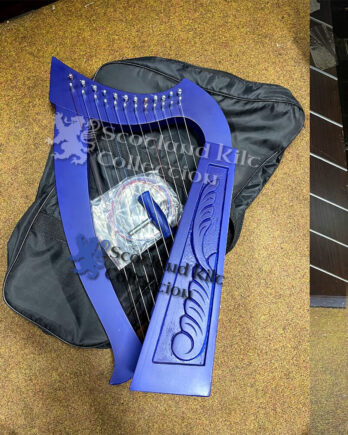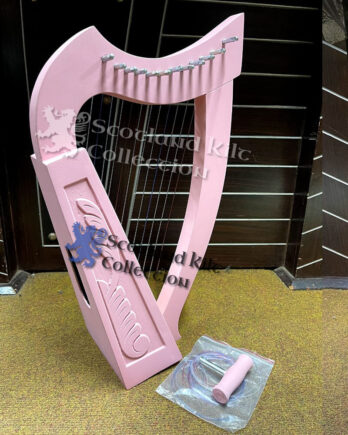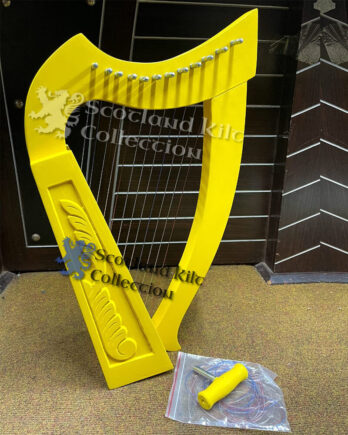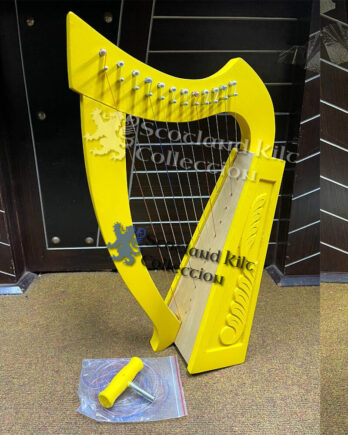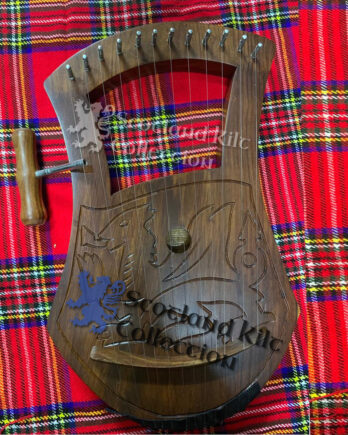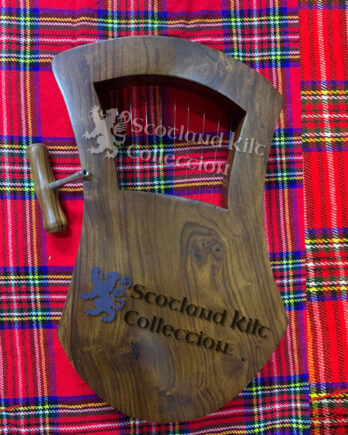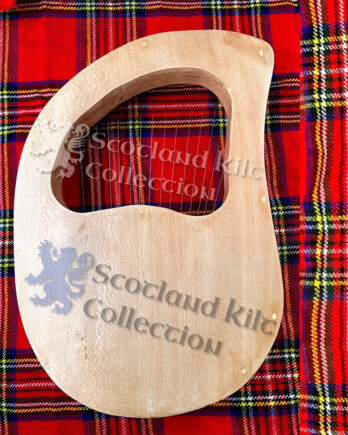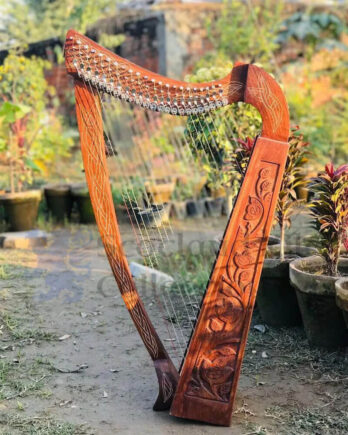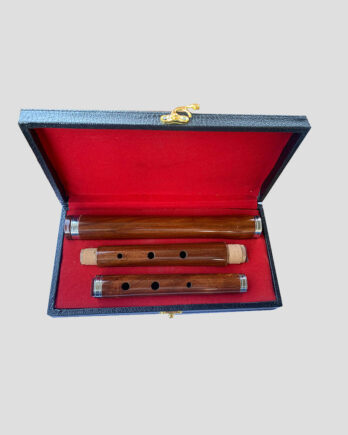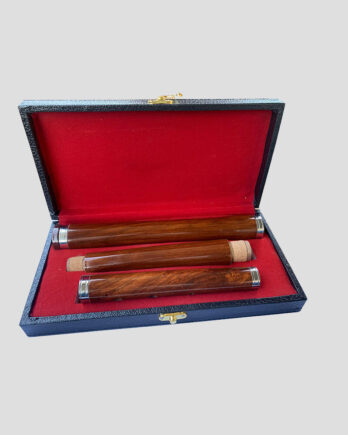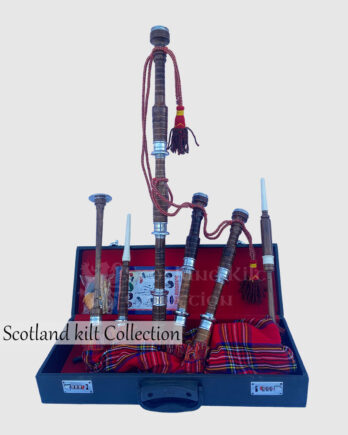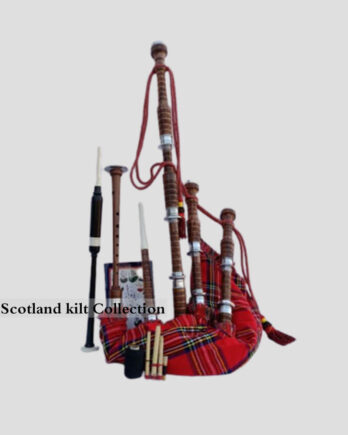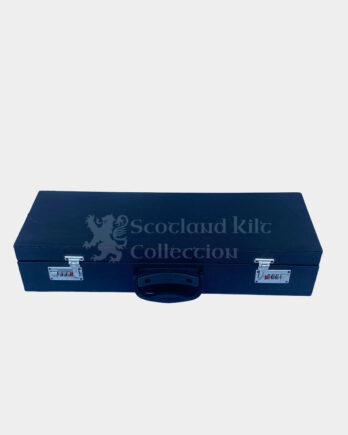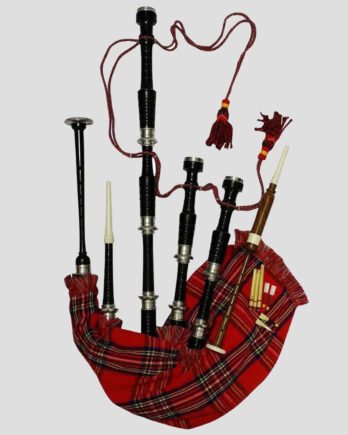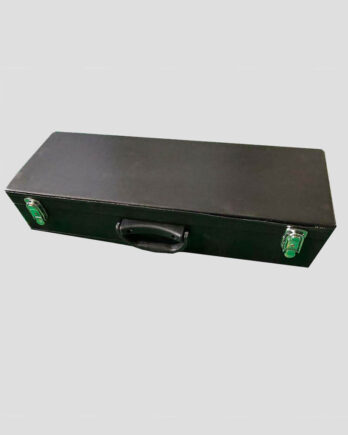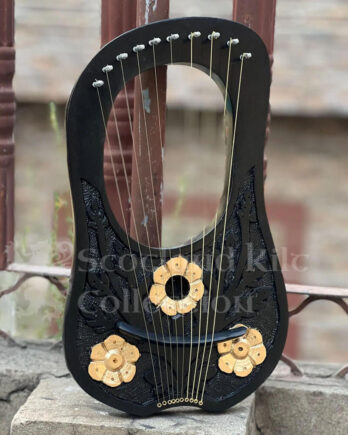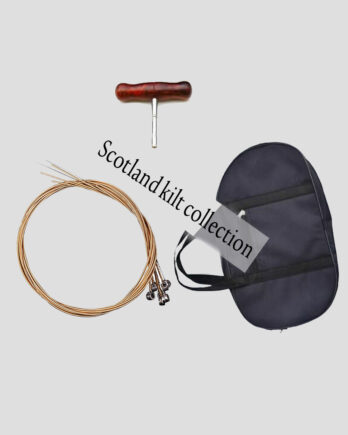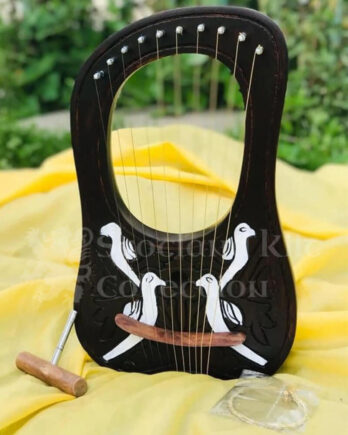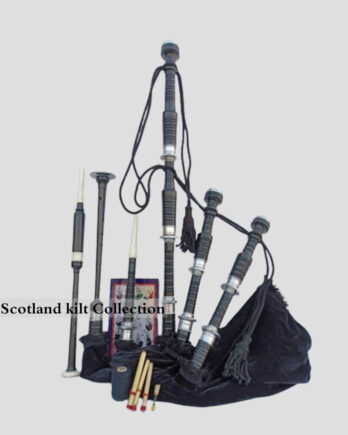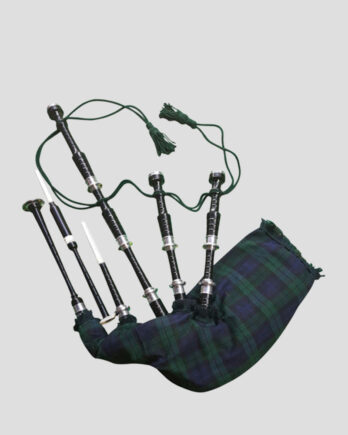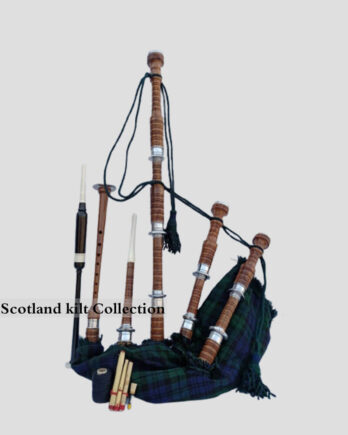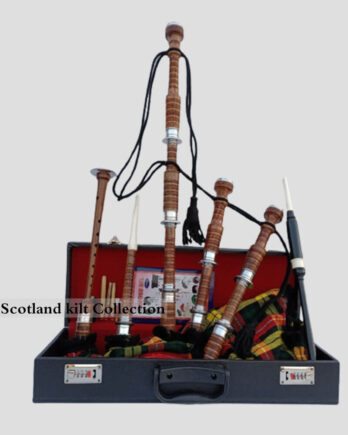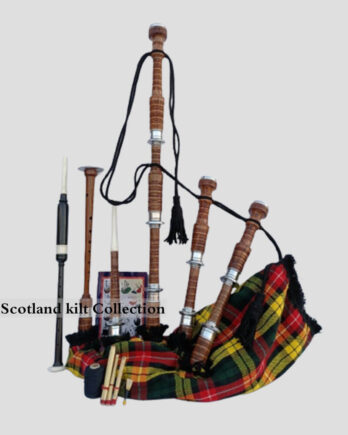Music instruments are tools for creating sound. People play them and they can be used in a number of ways, such as for entertainment, education and communication. Scottish Instruments are available in all sizes and shapes, from small and portable to large and cumbersome. Some are made of traditional materials like wood or metal while others are created from modern materials, such as plastics or electronic components.
Scottish musical instruments can be classified into two main categories.
Acoustic Instruments
Electronic Instruments
Air vibrations are used to produce sound in acoustic instruments. Acoustic instruments can be further classified based on how they produce sound: woodwind, brass, percussion and stringed. Electrical signals are used to produce sound in electronic instruments. Electronic instruments are divided by their function into three subcategories: synthesizers and samplers.
History of Musical Instruments
Musical instruments have been around since the dawn of culture. Early musical instruments were used in rituals, like a trumpet signaling success during a hunt or a drummer for a religious ceremony. Eventually, cultures developed the ability to compose and perform melodies as entertainment. Musical instruments changed in tandem with their applications.
Drums, for example, are used to communicate (trumpets, bugles) or signal (trumpets, bugles). Some musical instruments are made for general purposes such as entertainment (piano, guitarist) or music production (flute, violin). Some instruments can serve more than one purpose (e.g. a trumpet is used to signal or entertain).
Music instruments are classified by the sound they make.
String Instruments (e.g. violin, guitar)
Wind instruments (e.g. clarinet, flute)
Percussion Instruments (e.g. drums, cymbals).
Musical instruments can also be classified according to their musical purpose or function:
The main melody of a piece is provided by melodic instruments, such as the piano or violin.
Harmonic instruments, such as guitars and cellos, play chords or harmonies.
The low-pitched music is anchored by bass instruments, such as double bass, bass guitar and bass.
Drums and percussion are rhythm instruments that provide a musical texture.
The following are some of the categories of Scottish instruments.
- Bagpipes on Sale
- Bagpipe Cords
- Wooden Flutes
- Lyre Harps
- Practice Chanters
- Bombard Chanters
Music instruments can be used in a number of ways. Musical instruments can be used for entertainment, education, or communication. The most common way that Scottish instruments are used is to entertain, as they are frequently used for live performances like concerts and recitals. Music instruments are also used for education, either in the classroom or in private lessons. Musical instruments are used for communication, which is often to convey messages or signal an event. Musical instruments are also used for personal reasons, like relaxation or self expression.
-
- Sale!
3 Piece Rosewood Flute
- Original price was: $90.$75Current price is: $75.
-
- Sale!
Black Finish Bagpiper Practice Chanter
- Original price was: $42.$36Current price is: $36.


